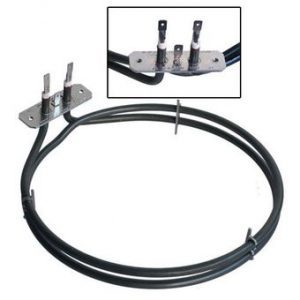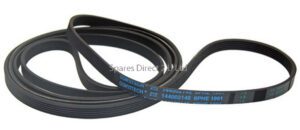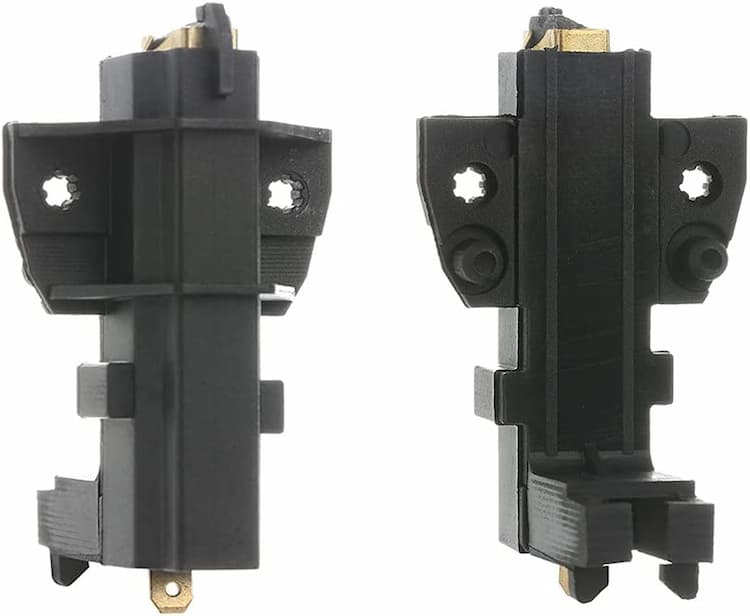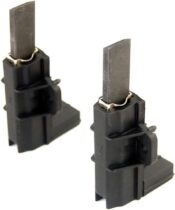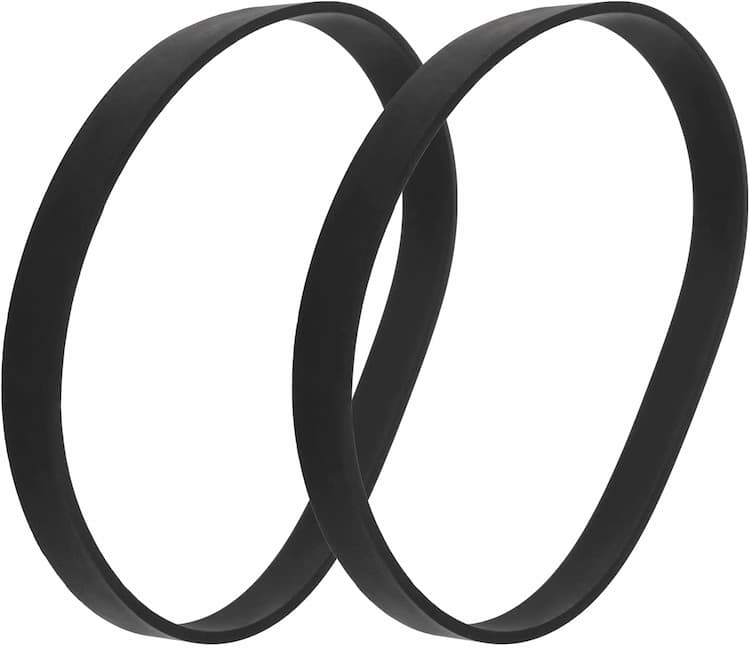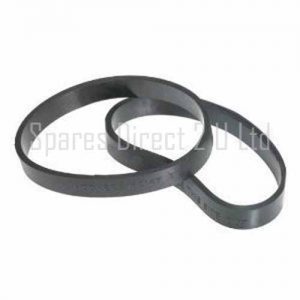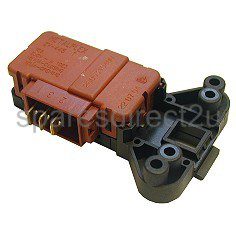Beko Washer Door Switches
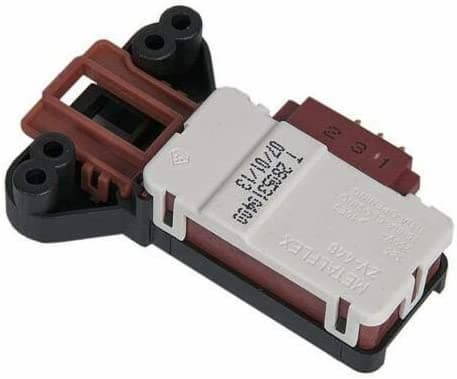
Beko Washing Machine Door Switches & Interlocks: Information, Faults, and Helpful Tips
What Is the Door Interlock and Why Is It Important?
The door interlock (sometimes called a door switch) is a key safety feature on your Beko washing machine. It makes sure the door stays locked during washing cycles to protect you from moving parts and stop water from leaking out. If it’s faulty, your machine might not start or let you open the door—even when it should.
How It Works
The interlock sits just behind the door frame. When you shut the door, a latch clicks into the interlock, telling the machine it’s safe to start. Most Beko machines use a bi-metal strip that heats up slightly when powered, locking the door shut. It stays locked for 1–2 minutes after the cycle finishes, allowing time for water to drain and the drum to stop spinning.
Common Door Interlock Faults
Machine won’t start – The machine has power, but nothing happens when you press start. This could mean the interlock isn’t recognising the door is closed.
Door won’t open – After the cycle ends, the door stays locked. A faulty interlock or a stuck bi-metal strip may be the cause.
Unreliable starting – If the machine starts only sometimes or the door lock light flickers, your interlock could be failing.
Electrical damage – Heat, age, or poor-quality parts can cause the plastic inside the interlock to warp or jam.
How to Spot and Fix Interlock Issues
Check for these signs:
Can you hear a faint “click” when closing the door? If not, the interlock may not be engaging.
If the door won’t open, unplug the machine and wait 10 minutes. This gives the interlock time to cool down and reset.
If there’s still water inside the drum, the door may stay locked for safety. Check the drain pump and filter before forcing the door.
Replacing a Faulty Door Interlock: Step-by-Step
Unplug the appliance for safety
Open the door and remove the retaining band or metal clamp around the rubber door seal
Gently pull back the seal to reveal the interlock
Unscrew the two screws holding it in place
Carefully disconnect the wiring
Fit a replacement interlock, reconnect the wiring, and screw it back in
Refit the door seal and retaining band
Choosing the Right Replacement Interlock
Always use your machine’s model number to get the correct part. Beko machines can use different interlock types, and using the wrong one can cause further issues. Genuine Beko parts are the best choice for reliability and fit.
Helpful Tips to Prevent Interlock Problems
Don’t slam the door or force it open – this weakens the latch and damages the locking mechanism
If the door is stuck, don’t tug at it. Wait for the delay to pass or check the drum for water
Check the door catch and handle regularly – if they’re worn or loose, they might stop the interlock from engaging properly
Showing the single result

